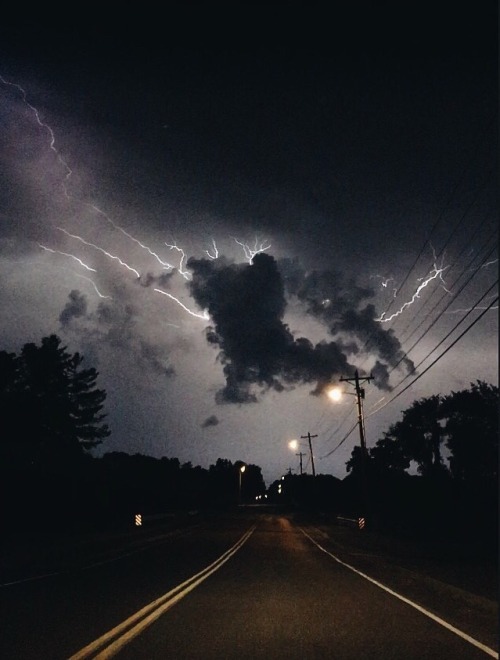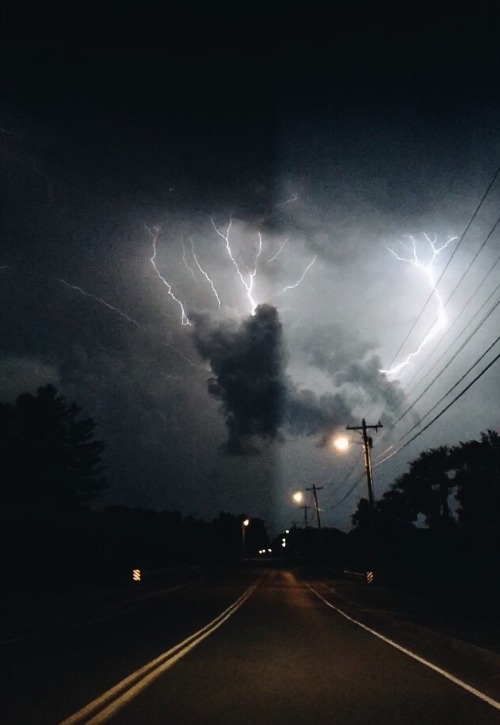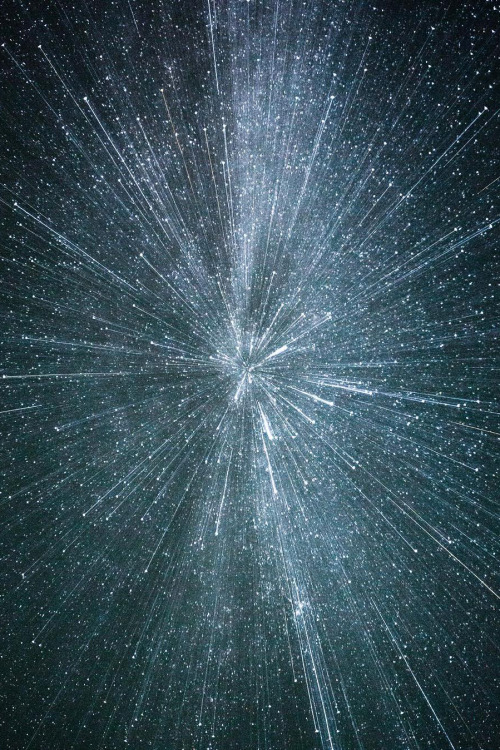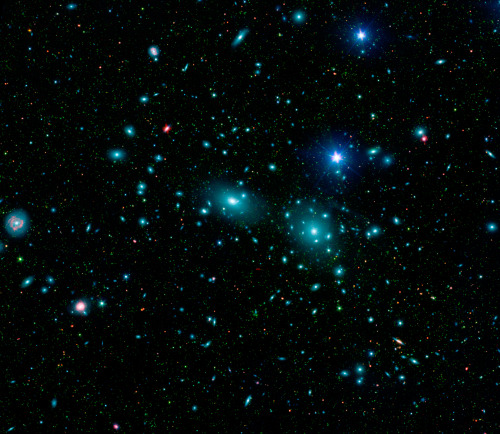Latest Posts by porcelainrobot - Page 2



The Lightning tonight is unreal

37,000 Feet | By Santiago Borja

Hengifoss, lake Lagarfljót, Hallormsstaðarskógur, Iceland Source










As the Cassini mission to Saturn draws in to it’s final year, take a look at some of the most fantastic images from the ringed world.
Credits:
Image 1: NASA/JPL/Space Science Institute
Image 2: NASA/JPL-Caltech/Space Science Institute
Image 3: NASA/JPL-Caltech/SSI
Image 4: NASA/JPL/Space Science Institute
Image 5: NASA/JPL/Space Science Institute
Image 6: NASA/JPL-Caltech/Space Science Institute
Image 7: NASA/JPL-Caltech/Space Science Institute
Image 8: NASA/JPL/University of Arizona/University of Idaho
Image 9: NASA/JPL/ESA/University of Arizona
Image 10: NASA/JPL/Space Science Institute


The European Southern Observatory (ESO) has released a beautiful new image of the open star cluster Messier 7. This new view of a middle-aged star cluster (also known as “M7”) comes in the form of an ESO photo release. Using the MPG/ESO 2.2-metre telescope at La Silla Observatory in Chile, the image was taken with the Wide-Field Imager and shows a window of sky about 1° across, or twice as wide as a full Moon. The cluster stars are the big, (mostly) blue ones in the foreground, about 1000 light years away; the thousands of other, fainter stars are many times more distant as the line of sight in this view is one of the most dense through our Galaxy’s disk.
At 200 million years old, Messier 7 is a snapshot in the middle of the evolution of a typical star cluster: the gas and dust from which the stars formed are long gone, but the resulting stars are still near each other in space. The blue stars are evolving rapidly and will be the first to disappear, while the longer-lived cluster stars will slowly drift apart over the next billion years or so. According to the photo release, “As they age, the brightest stars in the picture — a population of up to a tenth of the total stars in the cluster — will violently explode as supernovae. Looking further into the future, the remaining faint stars, which are much more numerous, will slowly drift apart until they become no longer recognisable as a cluster.”







Untitled
by: Rishad

This is one of the largest and most prolific star-forming regions near our Milky Way. Located about 160,000 light years away in the neighboring Large Magellanic Cloud galaxy, the Tarantula nebula is sculpted by searing radiation and strong winds that comes from the massive stars at its center. If fact, it is estimated that at least 40 of these huge stars have gone supernova within the last 10,000 years including the most recent one, SN 1987a. (Composite Image from Multiple Data Sources. Hubble Space Telescope, ESO, Amateur Data. Image Assembly and Processing : Robert Gendler and Roberto Colombari)




On its last day, the Rosetta space probe captured this view of Comet 67P/Churyumov-Gerasimenko from an altitude of about 16 kilometers above the surface during the spacecraft’s final descent on September 30, 2016.
(ESA)

Space View by (Caras Ionut)




Jupiter’s Galilean Moons
Io - Jupiter’s volcanic moon
Europa - Jupiter’s icy moon
Ganymede - Jupiter’s (and the solar system’s) largest moon
Callisto - Jupiter’s heavily cratered moon
Made using: Celestia, Screen2Gif & GIMP Based on: @spaceplasma‘s solar system gifs Profile sources: http://solarsystem.nasa.gov/planets, http://nssdc.gsfc.nasa.gov/planetary/factsheet/joviansatfact.html

Marquette, Kansas // Jaxson Pohlman

A photo of Saturn. Took by Cassini with COISS on September 17, 2007 at 08:33:22. Detail page on OPUS database.

Waitomo Glowworm Caves // Shaun Jeffers

Snoqualmie Pass // Matt Kuma

Wind River Mountain Range // Jaxson Pohlman



The Invisible Galaxy
A new form of diffuse galaxy has been discovered inside the Coma Cluster. This place is made 99.99% of dark matter, totally invisible as it doesn’t interact with light.
The galaxy is known as Dragonfly 44 and was discovered by astronomers Pieter van Dokkum and his colleagues.
The way star systems orbit around the center of a galaxy is inexplicable with “normal” physics. To account for the velocity variations and patterns we need to add a new ingredient to the gravitational pot: dark matter.
Dragonfly 44 in particular has so few stars that were the dark matter to be taken away, the galaxy would fly apart the same way you’d go flying if the cord holding the swing to a swing set were severed.
(Image credit: NASA, JPL-CalTech and L. Jenkins)

The relative sizes of a number of objects, including the three (known) members of Alpha Centauri triple system and some other stars for which the angular sizes have also been measured with the Very Large Telescope Interferometer (VLTI) at the ESO Paranal Observatory. The Sun and planet Jupiter are also shown for comparison. Credit: ESO











November in England // Aesthetic Compilation
2015

Picture | Paul Fenrich


Stormy Weather at Porthcawl // Pete


Emäsalo // Juuso Hämäläinen
